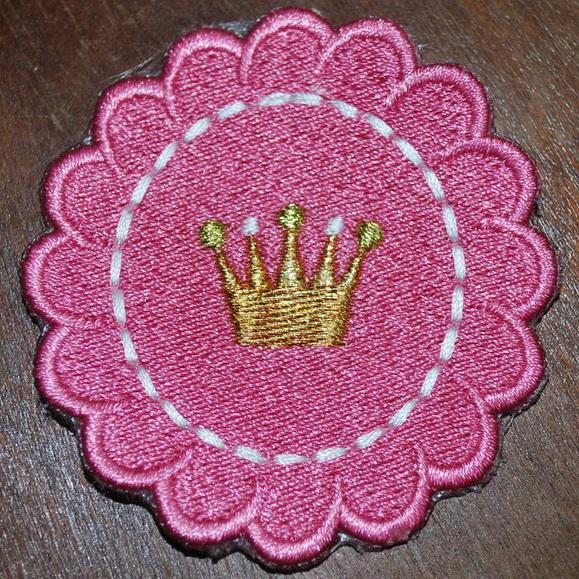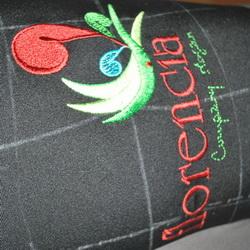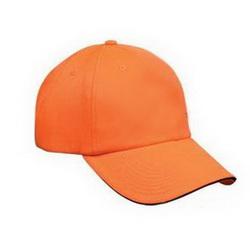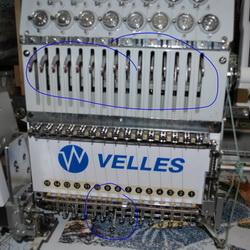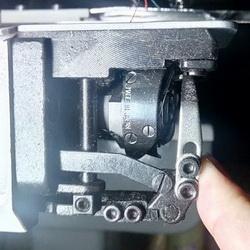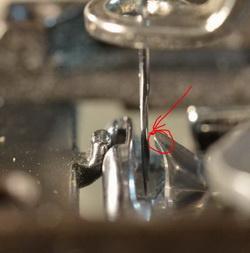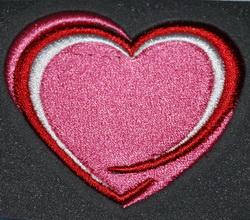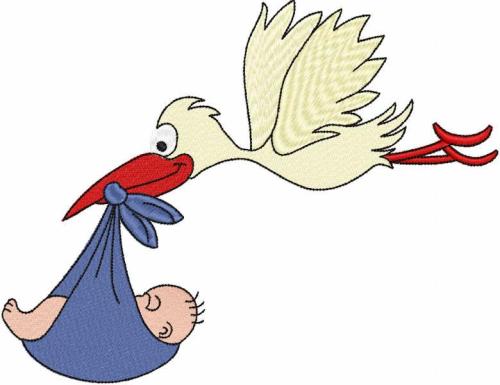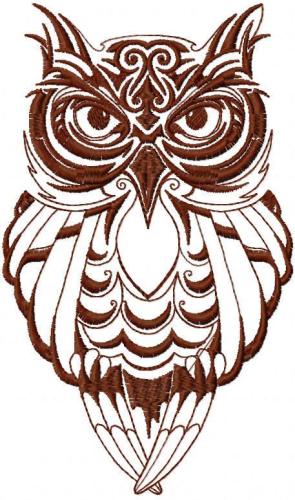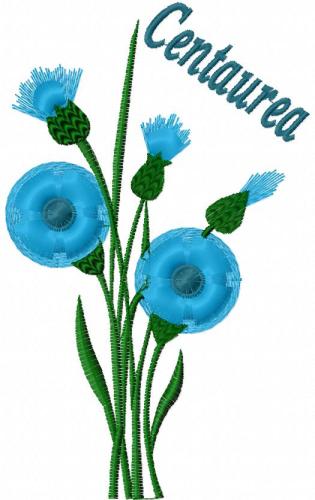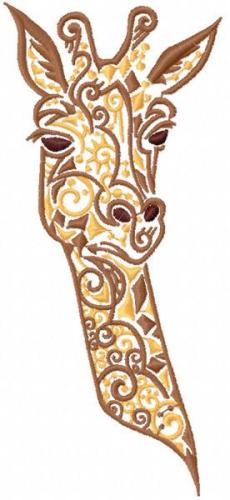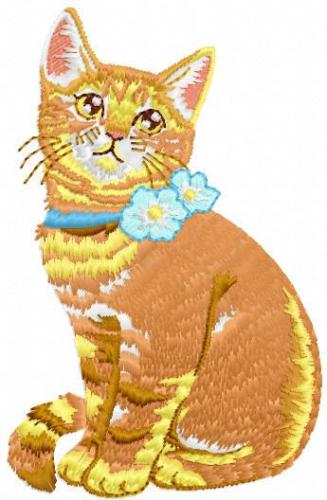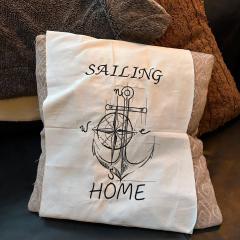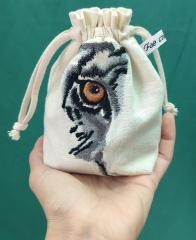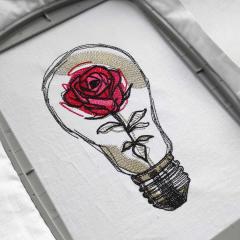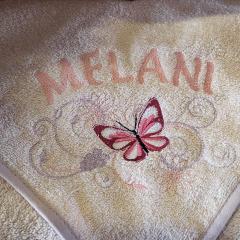Embroidering on ribbon
By
Irina, in Machine embroidery materials and technology, , 0 comments, 2,462 views
I think everyone knows that you can supplement your embroidery machine with additional devices. I don't mean the standard options that everybody knows, like cap frames, cording device, sequining device or similar staff. I mean the devices designed for more specific tasks. For example, the ones meant for embroidery on socks or on ribbons and belts.
I myself have seen such devices on the on the exhibition stands. Now I realize that you only need devices like that if you specialize in embroidery and have a consumer flow. In any other case, you can always make do with some simple techniques that will allow you to embroider a small lot of specific garments without having to invest money into a costly piece of equipment you may only need once or twice a year.
Today I will dissect an utterly non-secret method of embroidering on a ribbon or a strap, which was described by Jimmy Lamb almost 10 years ago and can be found on the Web for free.
Everything is very simple, as always. Though I tweaked Jimmy's method a bit for my own convenience. The gist it as follows:
We hoop the stabilizer.
Measure the width of the item to be embroidered.
In the editor, we digitize two parallel lines with simple runs, the distance between them equal to the width of the item.
Make two vertical marks in the middle of each line, facing each other. These marks will allow us to properly position the item on the stabilizer — they will indicate the center of the design.
We insert the stop command after that. How the machine will do it, depends on its type.
Digitize the design of your choosing. An inscription, for example:
Now it's time to embroider. We stitch the lines right on the stabilizer.
Then we stick the item to be embroidered onto a temporary spray adhesive or a double-sided adhesive tape or something else like that, aligning the center of the item with the marks on the lines.
Now we switch the machine on and do the embroidery.
Generally speaking, it is possible to embroider on a more expensive stabilizer instead of a usual one — with the Filmoplast sticky paper, which I once used to show how to embroider the corners of the handkerchief. Or you can use the "embroidery on the hole" method, which I've also described.


